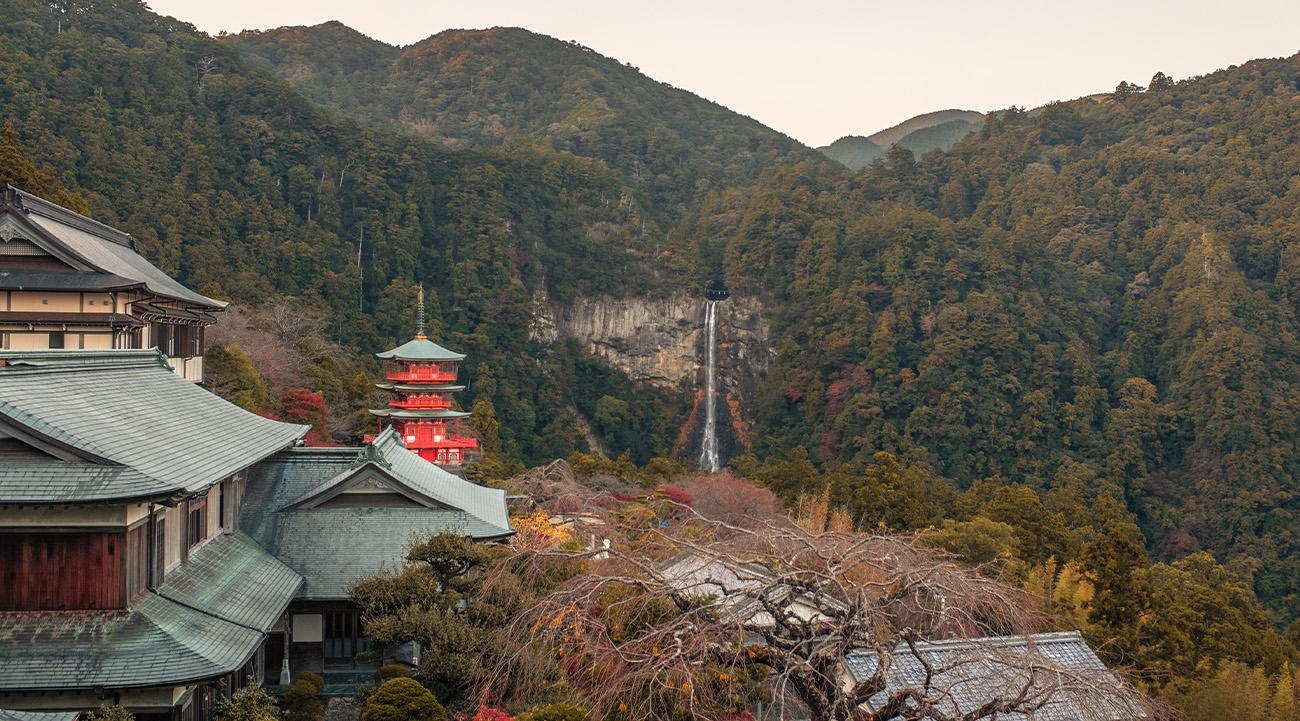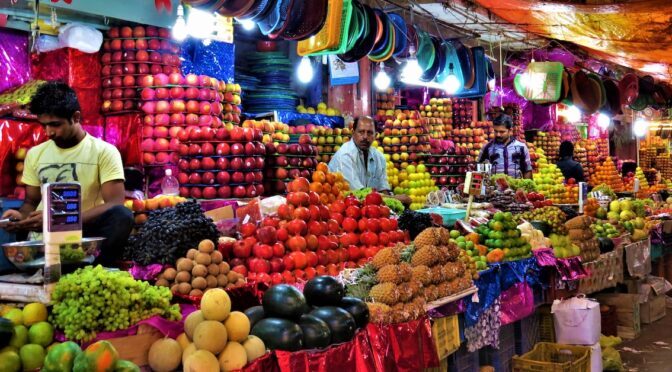Spiritual healing: Discovering the power of nature on Japan's Kii Peninsula
With a trace of incense and the poignant words of our monk guide Nobu’s Heart Sutra still hanging in the air, we walked in revered silence along the lantern-lit path that led back to our shukubo (traditional temple lodging). Lost deep in our thoughts, we had just finished our night tour of the 1,200-year-old Okunoin cemetery – one of the oldest and most sacred places in Japan – in the town of Koyasan. Okunoin means ‘inner sanctuary’ and it is here that Kobo Daishi, the founder of Shingon tantric Buddhism, is believed to be in eternal meditation.
Walking through the silent moss-covered forest, you catch glimpses of the red hats and aprons that adorn the Jizo Bosatsu, smiling statues that protect the souls of children, alongside ancient shrines belonging to warriors, monks, samurais and Kobo Daishi devotees. Along the way, Nobu shared his meditations on life – leading us over the bridge that separates the innermost grounds of the cemetery to magical Torodo Hall (Hall of Lamps), where more than 10,000 lanterns are kept eternally lit. Behind lies Kobo Daishi’s Mausoleum (Gobyo) – the destination for hundreds of thousands of pilgrims from across the world. With heads bowed and hands to our hearts, Nobu chanted his Heart Sutra with a gentle power that brought us to tears.
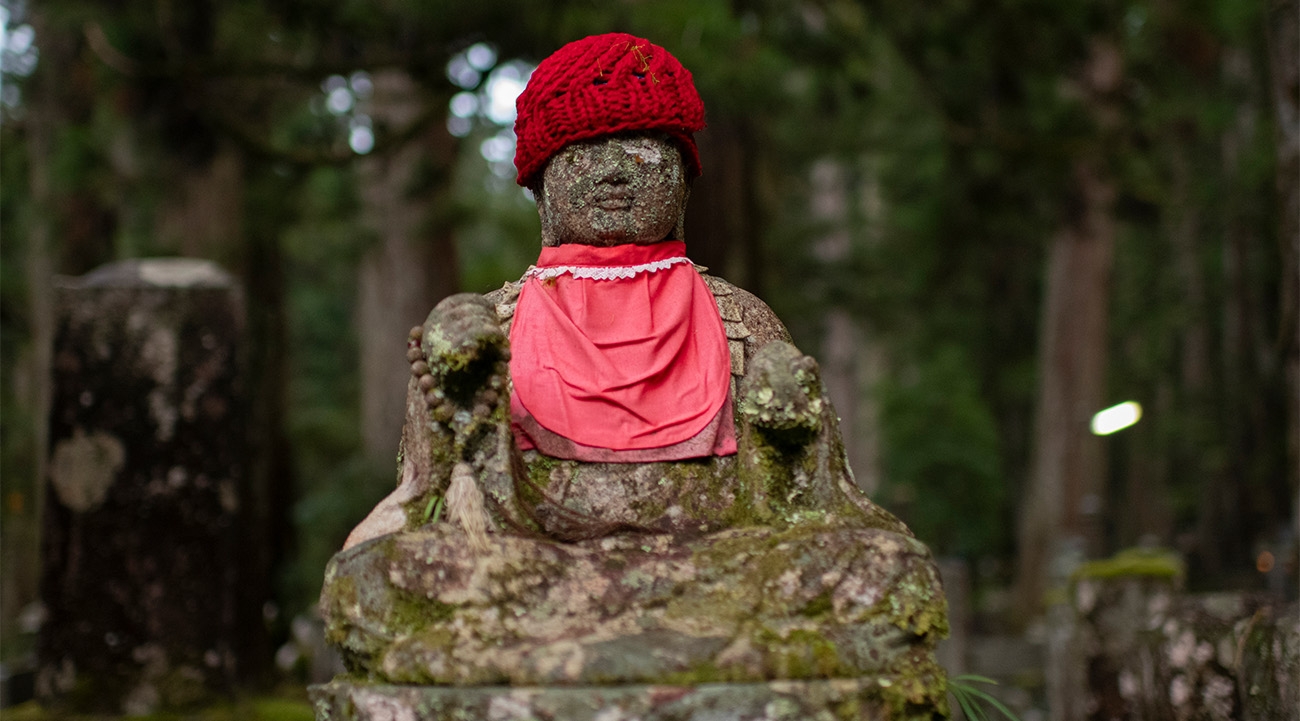
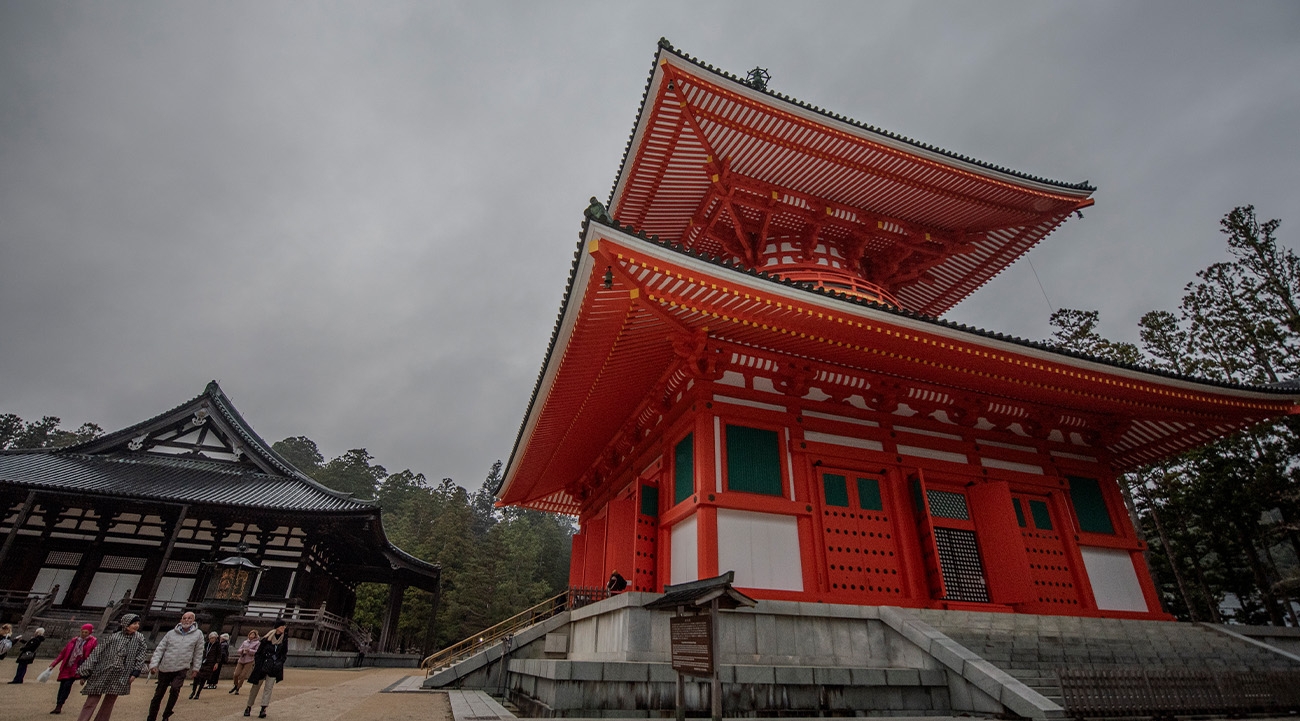
Quiet contemplation
Our base for the evening was Rengejo-in, a historic temple lodging in Koyasan that dates back to the late 1190s. My inviting room had views of the garden and I enjoyed a fresh green tea while admiring the burnt-orange acer trees glistening in the moonlight. Decorated with fine Japanese art, a futon bed was already unfurled and a freshly ironed yukata robe was laid out ready for my stay. Buddhists believe food nourishes the body and soul – and the cuisine did not disappoint. Seated in the Jodan no Ma (Lord’s Audience Chamber), among painted fusuma screens and ancient text, we sampled a selection of plant-based dishes – elegant as a work of art and each as delicious as the next.
Reaching new heights
At 1,000m above sea level and surrounded by eight towering peaks, Koyasan is a peaceful oasis located on a flat plain at the centre of Mount Koya in the Kii mountain range. Part of the Kumano Kodo pilgrimage trail, the town is a Unesco World Heritage Site and home to the headquarters of Shingon tantric Buddhism in Japan.
The bends were sharp and the air cool as we meandered up the mountain on our way to the Danjo Garan Sacred Temple Complex. One of the first built by Kobo Daishi, Danjo Garan has about 20 temples and buildings, at the heart of which lies the head temple of Kongobu-ji (Temple of the Diamond Mountain Peak). Featuring many beautifully painted traditional sliding[1]screen doors, its modern Banry tei (rock garden) is the largest in Japan, with 140 granite stones imitating a pair of dragons emerging from clouds to protect the temple.
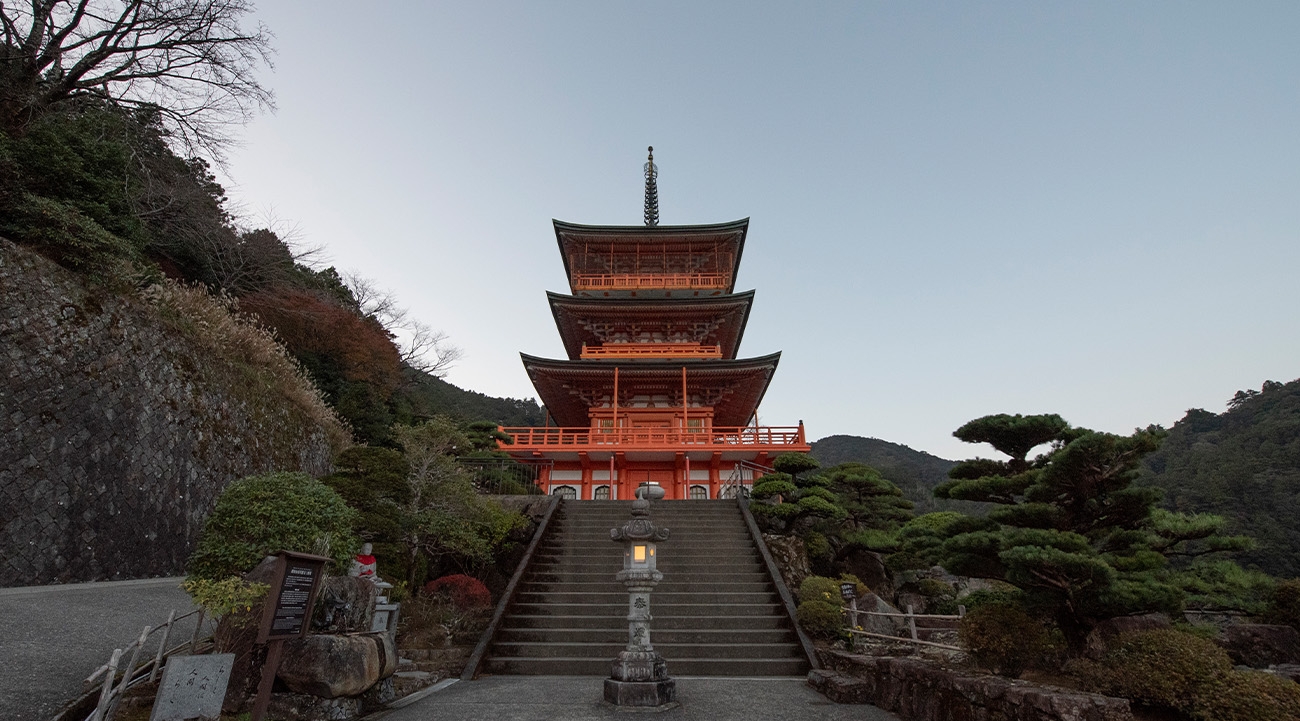

Continuing the Kumano Kodo
Drawing its religious origins from ancient nature worship, the Kumano Kodo is one of only two pilgrimage routes globally designated Unesco World Heritage Sites (the other being the Camino de Santiago in Spain). Led by our brilliant guide Mike from Kumano Travel, our bus followed the azure waters of the Kumano-gawa River to the three Grand Shrines of Kumano Sanzan – Kumano Hayatama Taisha, Kumano Hongu Taisha and Kumano Nachi Taisha. Kumano Hongu Taisha is at the centre of Kumano worship and – as is the custom – I made my offering and rang the traditional suzu bell in the hope of gaining the kami’s (deity’s) attention.
As the sun set over the mountains, we reached our final stop of Kumano Nachi Taisha. Set high in the foothills of Mount Nachi, the shrine sits at the top of hundreds of steps and towers above the trees. Next door is the main hall of Nachisan Seiganto-ji and the dramatic Nachi Falls, one of Japan’s top-three waterfalls. Steeped in history and serenity, our tour came to an end too soon. I left with my own stories and a refreshed sense of spirituality. My pilgrimage was complete.
